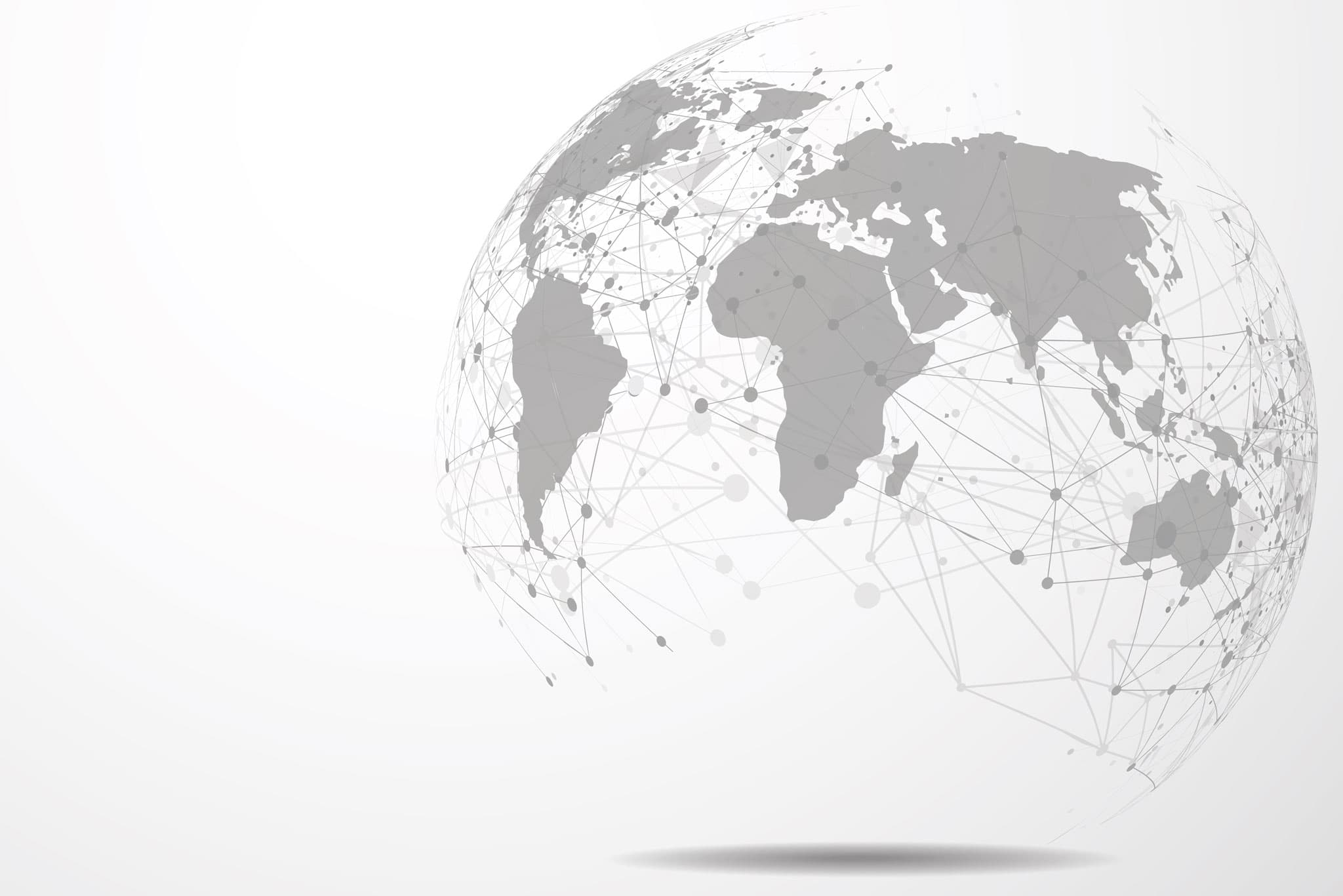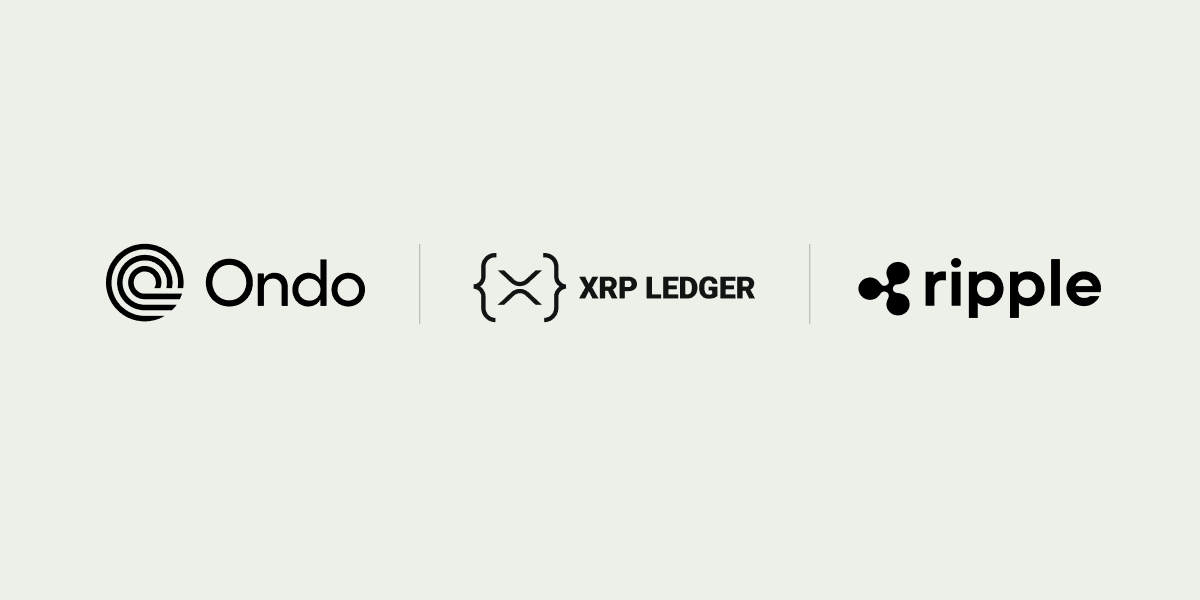In the evolution of digital payments, it’s clear that financial institutions and payment providers will continue to adopt blockchain technology to drive real-time, cross-border payments growth. This digital ledger infrastructure, which integrates with bank accounts, digital wallets and even cash payout channels will become the engine to provide the convenience, speed, ease of access, transparency and trust demanded by today’s businesses and consumers.
The adoption of cryptocurrencies (which has surpassed $1T in value as a “digital asset” class and has matured well beyond the early years of negative connotations) is poised to eliminate friction and become the lubricant to accelerate the transformation of the $1.9T global payments market.
Therefore, we anticipate these key trends igniting a state of hyper-growth for digital payments globally, in 2021and beyond:
Paper Money Is Still a Mainstay
When we take a step back and look at the bigger picture, it’s evident that cash is still king. However, as cash continues to hold steady, digital payments will continue to grow.
Even pre-COVID – somewhat ironically, cash has been the core enabler of digital growth. For example, the top cross-border payment companies report that cash accounts for more than 80% of all transactions, and only a small subset of total transactions is purely digital.
Despite our world growing more virtual by the day, the majority of consumers still crave and value access to physical cash. When asked what features were important when choosing a primary bank or deposit account, 70% of consumers named “convenient, fee-free access to cash through an ATM.”
Interestingly, though, it is this access to cash that will help digital wallets become a consumer’s primary financial service provider. 31% of people would start using a new financial service provider if they also provided free ATM access.
Accelerated Adoption of Mobile Money in Fintech
Global tech giants within the fintech space are investing heavily in digital payment technology, fueling rapid market growth and adoption of the mobile wallet. It’s estimated that in 2024 there will be 4.3 billion mobile wallet users globally – up from 2.3 billion in 2018. It’s not just consumers who are shaping this trend: 69% of banks are currently experimenting with blockchain technology as they invest in platform modernization initiatives to drive the digital payment option. By 2030, it’s estimated that there will be more than 200 million blockchain wallet users. Moreover, the United States’ oldest bank, BNY Mellon, recently announced it will roll out a new digital custody unit in 2021, helping clients deal in digital assets, including cryptocurrencies.
Many of these banks and financial institutions, however, are facing very real investment challenges in their efforts to upgrade outdated, legacy infrastructure to enable new, user-friendly operating models. Payments can represent up to 40% of a bank’s operating cost. So, will the fintech adapt to this new world fueled by technological innovation? If so, how? Like any other business in any other industry, fintech institutions will ride the wave of changing consumer and small business’ behavior.
A New Generation of Technology Providers
In 2020, we saw “X”-as-a-Service offerings gain considerable ground as a means of powering some of the biggest names in fintech – Payments as a Service; Banking as a Service; Remittances as a Service. In 2021 and beyond, we don’t expect this trend to lose steam. In fact, it will only gain more momentum, expanding to new corners of the payments space, with emerging products catering to a wide variety of customers, specifically in the realm of B2B.
Payments-as-a-service (PaaS) operates using cutting-edge, cloud-based platforms to provide specialized services, such as card issuing, payments clearing, cross-border payments, disbursements and e-commerce gateways. For those in the fintech space, this is game-changing.
Remember that 40% of a bank’s operating costs going to payments? PaaS drastically reduces that number by offering easily integrated and easily updated cloud-based solutions. Yes, this is a fundamental change to a bank’s operating model, but it is necessary in order for these large institutions if they are to retain their central position in the decision-maker’s purchasing journey.
Where to Go from Here
The number of people using blockchain-based wallets is roughly doubling each year, which closely mimics the early growth of the Internet. Will digital payments be as important as the browser was to the web? Possibly. Will digital payments see global growth in the coming years like never before? Absolutely.
Streamlined payments – especially tied to information – will be a priority coming out of the pandemic for consumers and business decision-makers alike. What we do know for sure is that cryptocurrency is no longer a dirty word. It’s becoming a mainstay for financial institutions, small businesses and everyday consumers, and will fuel dramatic growth in the payments space.
Small businesses and consumers will demand services requiring instantaneous payments. Instantaneous can only be provided by digital currencies. Customers will gravitate toward companies that provide these services.
“What the internet did for communications, blockchain will do for trusted transactions” – Ginni Rometty, former CEO, IBM.
Are you ready? See how Ripple can help you.







